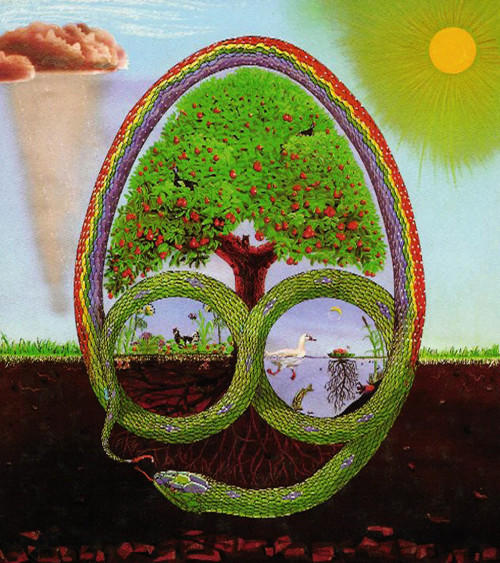Permaculture has been used to design buildings, energy and wastewater systems, villages, and even less tangible structures such as school curricula, businesses, community groups, and decision-making processes.
Permaculture uses a set of principles and practices to design sustainable human settlements. The word, a contraction of both “permanent culture” and “permanent agriculture,” was coined by two Australians. The first was Bill Mollison 1)↓, author of the dense and encyclopedic bible of the field, Permaculture: A Designer’s Manual. The other is David Holmgren 2)↓, who has brilliantly expanded permaculture’s scope.
Mollison says the original idea for permaculture came to him in 1959 when he was observing marsupials browsing in Tasmanian rain forests. Inspired and awed by the life-giving abundance and rich interconnectedness of this ecosystem, he jotted in his diary, “I believe that we could build systems that would function as well as this one does.” In the 1970s he and Holmgren, using what they had observed in nature and in indigenous cultures, began to identify the principles that made those systems so rich and sustainable. Their hope was to apply these principles to designing ecologically sound, productive landscapes. They reasoned that if life had been thriving on Earth for over three billion years, if indigenous peoples had been living relatively harmoniously in their environments for millennia, then life and indigenous cultures must have figured out some things about sustainability. David’s undergraduate thesis, which he and Bill revised and expanded, evolved into the groundbreaking book Permaculture One.
Continua a leggere
| 1. | ↑ | charismatic and iconoclastic one-time forester, schoolteacher, trapper, field naturalist |
| 2. | ↑ | one of the first of Bill’s many students |

